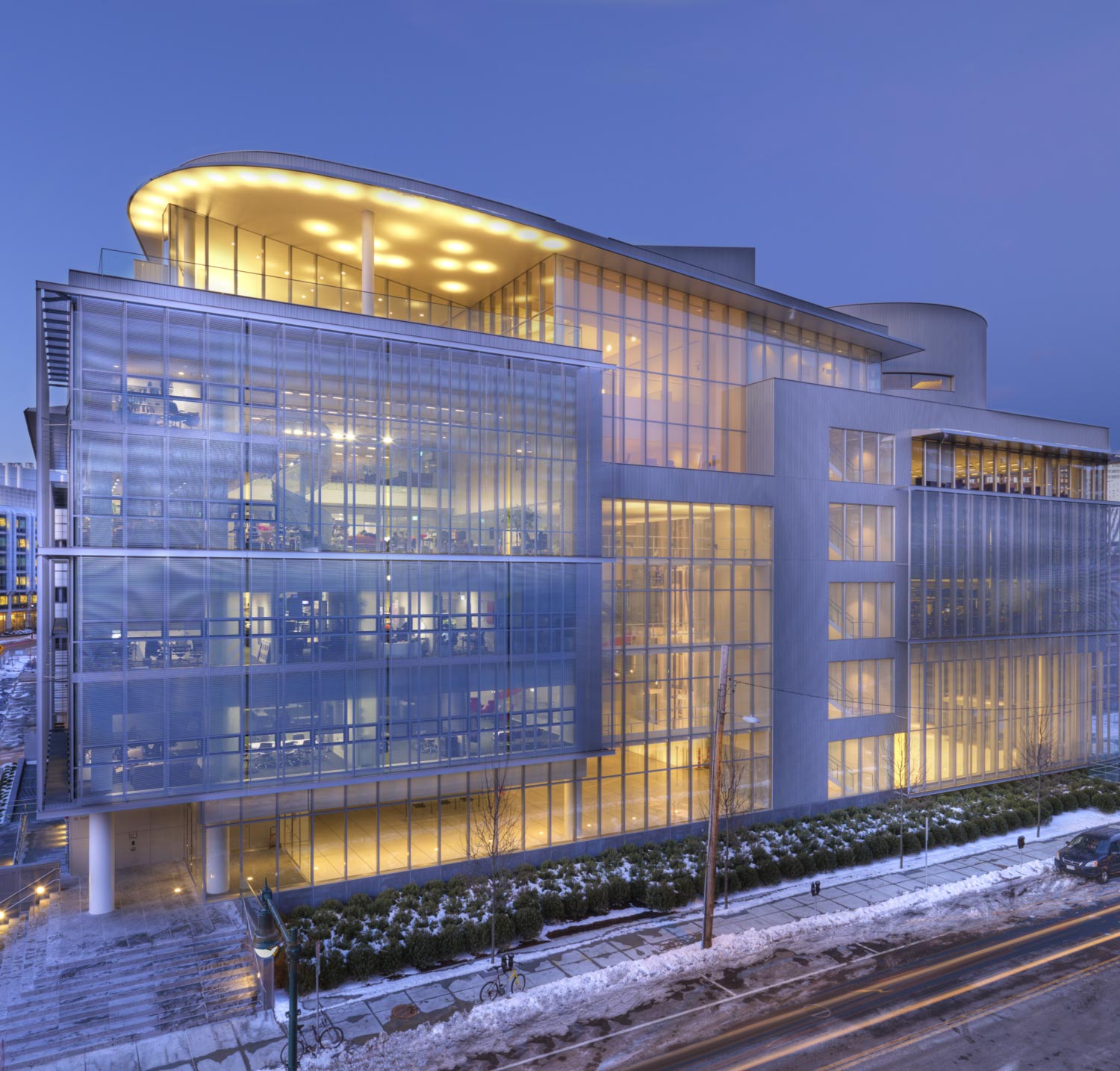Building a community of excellence and belonging
To the members of the MIT community,
As we look ahead with enthusiasm to the new academic year, I write with an update on two important community efforts.
Later today, Provost Cynthia Barnhart, Chancellor Melissa Nobles and Chair of the Faculty Lily Tsai, who charged the Ad Hoc Working Group on Free Expression, will release the group’s report, including a proposed statement of principles, in a letter to the faculty. I will share their message with our full community and include a pathway for you to offer your input to the faculty officers.
This morning, I am pleased to release the MIT Strategic Action Plan for Belonging, Achievement and Composition, a critical step in the Institute’s longstanding efforts to cultivate a community in which all of us can do our best work and thrive. You can read more on MIT News.
In March 2021, we released a draft of the plan, then titled “The MIT Strategic Action Plan for Diversity, Equity and Inclusion.” Diversity, equity and inclusion remain front and center in the final version we release today. But as the plan developed, the steering team shifted to a framework of belonging, achievement and composition because they believe those words better reflect how we think about our community and its values.
The plan emerged from two years of broad consultation, thoughtful drafting and collaborative revision. I offer great appreciation to the entire Strategic Action Plan Steering Team, and especially to Institute Community and Equity Officer (ICEO) John Dozier and his outstanding staff.
The plan outlines specific responsibilities and next steps for many of us, across the Institute. But as we take up this work together, I would like to offer a little context.
Deep-rooted commitments to excellence and diversity
In 1980, the year I arrived at the Institute, Paul Gray ’54, SM ’55, PhD ’60, became MIT’s 14th president. His inaugural remarks highlighted several challenges for the MIT community. He closed with one that feels very familiar: “I am particularly concerned that we work to develop a community of the best faculty, students, and staff from as diverse a population as possible.”
In the decades since, thanks to the leadership, ideas and energy of hundreds of people across MIT, the Institute has by many measures become significantly more diverse and inclusive. Over those same decades, MIT’s global stature has risen as well. When we admit a new class of students, the odds that they will choose MIT over other top-tier schools have never been higher, and the Institute is now routinely ranked among the premier universities in the world. In other words, our community’s growing diversity has flourished hand in hand with MIT’s most fundamental commitment to intellectual and creative excellence.
Ten years ago, as I took on the role of president, I expressed the aspiration that by the time MIT turned to selecting its next president, the diversity of our community would “be a welcome, obvious reality and a vital source of MIT’s creative strength.” At our best, I believe that statement is a fair description of MIT. The Institute is the most diverse community many of us have ever belonged to. We treasure and learn constantly from the variety of each other’s backgrounds, viewpoints and experiences, and MIT’s standards of excellence challenge and inspire every one of us, every day.
Joining together for the work ahead
Yet as in many academic communities across the country, even after decades of effort, there is essential work still ahead to make sure that everyone who earns a place here feels welcome. The plan we share today draws on best practices from the past but in a way that is far more coordinated, while allowing opportunities for new thinking.
Immediately and in the months to come, the ICEO and his staff will reach out to local units across the Institute to offer guidance and support as they begin to develop or refine their own plans for action. Those conversations will continue during what the plan calls a “foundation year,” a time for local units to collaborate and align their efforts with the framework proposed by the action plan. The foundation year provides an opportunity to experiment – to try new approaches, learn and adjust – in true MIT style.
* * *
As MIT moves forward in this important work, we take inspiration from an observation made by Shirley Ann Jackson ’68, PhD ’73 that has adorned the Infinite Corridor for decades: “Education is change,” she wrote, “and educating successive generations embeds change in a living society.”
As an educational community unafraid of change and devoted to building a better world, let us make the most of this opportunity to continue to build a better MIT.
Sincerely,
L. Rafael Reif


